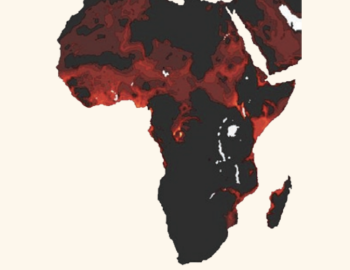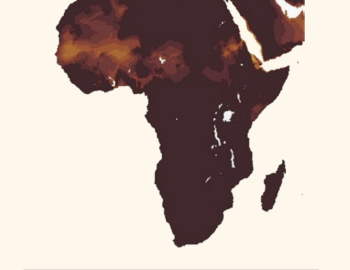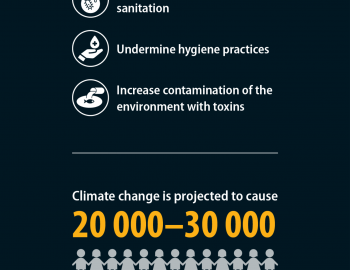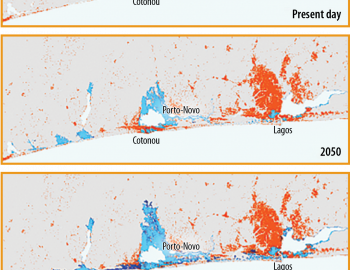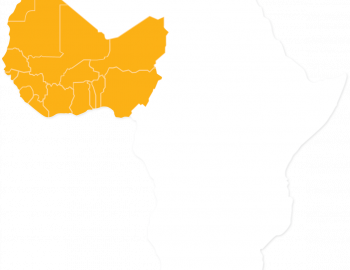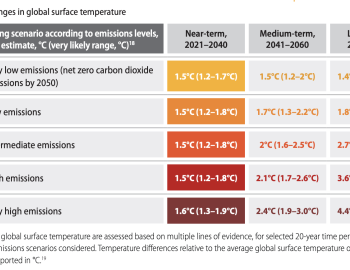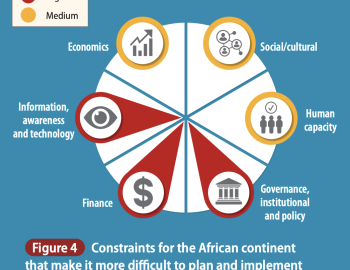West Africa
West Africa
The IPCC’s Sixth Assessment Report: What’s in it for West Africa?
This factsheet highlights:
- How West Africa’s climate is already changing
- West Africa’s future climate
- Climate change impacts we have already seen in West Africa
- Future climate risks in West Africa
- West Africa’s potential to adapt
- Key investment areas for a climate-resilient West Africa
Explore the factsheet, along with free-to-use images and infographics, below.
Increase in the number of days per year with severe heat stress for global warming of 1.5°C above pre-industrial levels (1850–2100)
Courtesy of CDKN
Number of days per year with severe heat stress in the historical climate (1985–2014)
Courtesy of CDKN
Above 1.5°C, impacts are considered high risk including potentially lethal heat
exposure for more than 100 days per year in West Africa.
Exposure to climate hazards in Lagos (Nigeria), and Cotonou and Porto-Novo (Benin).
In one estimate, African countries’ GDP per capita was on average 13.6% lower
over the period 1991–2010 compared to if human-induced climate change had not occurred.
Graphic map of West Africa.
The Earth’s average surface temperature is expected to reach or surpass 1.5°C of warming above preindustrial times (1850–1900) in the near term (up to 2040), according to the IPCC’s most recent assessment.
The ability of southern African communities and sectors to pursue effective adaptation options to the full is constrained by lack of finance.
KEY: (A) Number of days per year with severe heat stress in the historical climate (1985–2014). (B and C) Increase in the number of days per year with severe heat stress for global warming of 1.5°C and 3.75°C above pre-industrial levels (1850–2100). Heat stress is estimated using a high Temperature Humidity Index value (Livestock Weather Safety Index).

